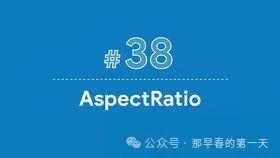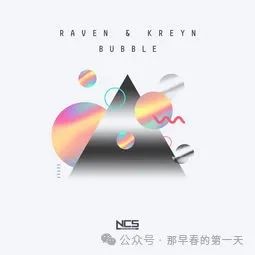Flutter BLE Practical Guide: Build Your Smart Connected Application
With the rapid development of the Internet of Things, Bluetooth Low Energy (BLE) technology plays an increasingly important role in mobile application development. Are you eager to master the core technologies of Flutter and BLE communication to create your own smart hardware applications? This article will guide you step by step from scratch to achieve communication between Flutter applications and BLE devices, making your creative ideas within reach.
In this tutorial, we will develop an application using Flutter to communicate with devices using BLE. We will provide concise steps and example code to help you easily understand and apply, allowing your app to connect with everything. Are you looking forward to it?
Basic Concepts of BLE Communication
Before we start the practical work, we need to understand some basic concepts of BLE communication. For example: What is a UUID? What is a Characteristic? What roles do they play in BLE communication?
In simple terms, a UUID is an ID used to uniquely identify a BLE service. A Characteristic represents an attribute in the service that can be read, written, or subscribed to. We will frequently use them in the subsequent practical work.

Choosing a Flutter BLE Plugin
The Flutter community offers several BLE plugins for us to choose from. Here we recommend using the flutter_blue_plus plugin because it is powerful, well-documented, and has an active community.
First, add the flutter_blue_plus dependency in your Flutter project’s pubspec.yaml file:
dependencies: flutter_blue_plus: ^1.2.1
Then, run the flutter pub get command to install the plugin.
Initializing Flutter BLE
Before using flutter_blue_plus, we need to perform some initialization settings. For example, check if Bluetooth is available, request Bluetooth permissions, etc. Only with proper preparation can your app perform at its best.
Here is an example code for initializing BLE:
import ‘package:flutter_blue_plus/flutter_blue_plus.dart’;
void initBle() async { if (await FlutterBluePlus.isAvailable) { print(“Bluetooth is available”); // Request Bluetooth permissions if (await FlutterBluePlus.turnOn()) { print(“Bluetooth is turned on”); } } else { print(“Bluetooth is not available”); } }
Scanning for BLE Devices
Next, we need to scan for nearby BLE devices. The flutter_blue_plus provides the scan() method to implement device scanning.
Here is an example code for scanning BLE devices:
FlutterBluePlus.scan().listen((scanResult) { print(‘Found device: ${scanResult.device.name}’); });

Note: Before scanning for devices, please ensure that you have obtained the user’s Bluetooth permissions. Otherwise, the scanning may not work properly.
Connecting to BLE Devices
After scanning the target device, we need to establish a connection to perform data exchange. The device.connect() method can be used to connect to the specified BLE device.
Here is an example code for connecting to a BLE device:
device.connect().then((_) { print(‘Connected to device!’); });
Discovering Services and Characteristics
Once the device is successfully connected, we need to discover the services and characteristics provided by the device. This can be achieved through the device.discoverServices() method.
Here is an example code for discovering services and characteristics:
List
Reading and Writing Characteristics
Now, we can start reading and writing characteristics. The characteristic.read() method can be used to read the value of a characteristic, and the characteristic.write() method can be used to write a value to a characteristic.
Here is an example code for reading and writing characteristics:
// Reading characteristic value
// Writing characteristic value await characteristic.write([0x01, 0x02, 0x03]);
Did you successfully read the characteristic value? If not, please check the Bluetooth connection and permission settings.
Subscribing to Characteristics
In addition to reading and writing characteristics, we can also subscribe to the values of characteristics to receive notifications when the values change. This can be achieved through the characteristic.setNotifyValue() method.
Here is an example code for subscribing to a characteristic:
await characteristic.setNotifyValue(true); characteristic.value.listen((value) { print(‘Characteristic value changed: ${value}’); });
Disconnecting
After completing data exchange, we need to disconnect from the BLE device. The device.disconnect() method can be used to disconnect.
Here is an example code for disconnecting:
device.disconnect();
Through this article, you have mastered the core technologies of Flutter and BLE communication. Now, you can unleash your creativity and create various interesting smart hardware applications!
We believe you are eager to try it out, so go ahead and practice!